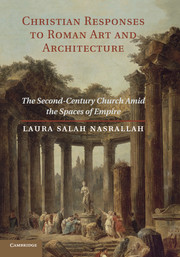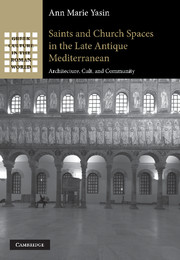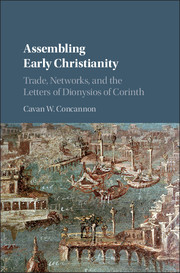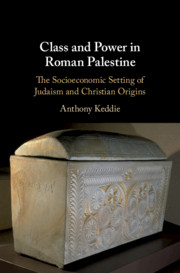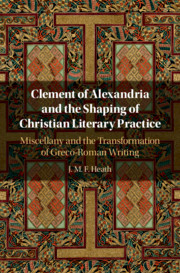Christian Responses to Roman Art and Architecture
Laura Nasrallah argues that early Christian literature addressed to Greeks and Romans is best understood when read in tandem with the archaeological remains of Roman antiquity. She examines second-century Christianity by looking at the world in which Christians “lived and moved and had their being.” Early Christians were not divorced from the materiality of the world, nor did they always remain distant from the Greek culture of the time or the rhetoric of Roman power. Nasrallah shows how early Christians took up themes of justice, piety, and even the question of whether humans could be gods. They did so in the midst of sculptures that conveyed visually that humans could be gods, monumental architecture that made claims about the justice and piety of the Roman imperial family, and ideas of geography that placed Greek or Roman ethnicity at the center of the known world.
- Brings together early Christian literature with Roman art and architecture
- Offers a new understanding of early Christian apologies
- Introduces early Christian historians to cutting edge research in Roman history and art
Reviews & endorsements
"...provocative, convincing book... A must read for scholars and students of early Christianity, classics, and ancient history. Essential." --Choice
Product details
August 2011Paperback
9781107644991
352 pages
254 × 178 × 19 mm
0.61kg
31 b/w illus. 1 map
Available
Table of Contents
- Introduction
- Part I. Framing the Question, Framing the World:
- 1. What is an apology? Christian apologies and the so-called second sophistic
- 2. What is the space of the Roman Empire? Mapping, bodies, and knowledge in the Roman World
- Part II. Into the Cities:
- 3. What informs the geographical imagination? The acts of the Apostles and Greek cities under Rome
- 4. What is justice? What is piety? What is paideia? Justin, the forum of Trajan in Rome, and a crisis of mimēsis
- Part III. Human Bodies and the Image(s) of God(s):
- 5. How do you know God? Athenagoras on names and images
- 6. What do we learn when we look? (Part I) Images, desire, and Tatian's To the Greeks
- 7. What do we learn when we look? (Part II) Aphrodite and Clement of Alexandria
- Epilogue.

